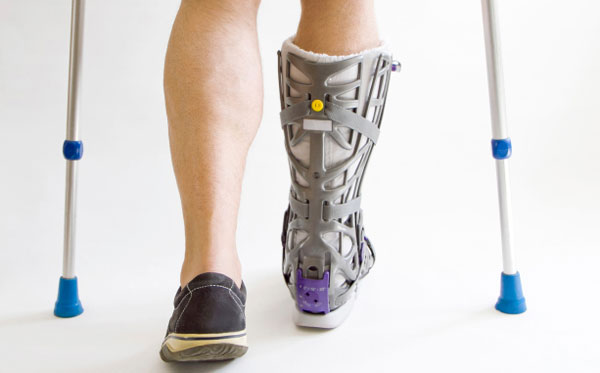
Stress Fracture
Stress fracture is indeed a common injury in athletes especially runners. A stress fracture is a micro fracture inside the bone due to repetitive loading. There is a fine balance between fatigue damage and the remodeling response of bone. Marked increases in activity may lead to greater fatigue damage than the body can remodel and repair leading to a stress fracture. They can occur in virtually any bone in the human body but in runners are most commonly seen in the tibia, metatarsals, navicular, fibula, femur and pelvis.
Ultra-runners usually run trails and as a result are less at risk of stress fractures than road runners. Trails reduce the load on the shins but that increases the load on foot, making metatarsal stress fractures very common in this group.
Predisposing Fracture Include:
Prevalence is more in female athletes, especially where there is an energy imbalance between calories expended and calories taken. This can in lead to changes in their menstrual cycle and a resultant impaired bone health.
Symptoms Include:
Gradually increasing pain to the stage where the pain does not settle with rest (later stage)
Diagnosis:
Stress fractures are initially diagnosed by the history and clinical signs. X-ray is normally the first line of investigation but a number of stress fractures would not be evident on x-ray image. In such cases your Doctor may refer you for the MRI, CT or Bone Scan to confirm or exclude the presence of a stress fracture.
Physical therapy at SOS PHYSIO
Strengthening exercises targeted at improving stability, in particular around the pelvis, knee and foot might be prescribed by our physical therapist. This might entail working on single leg squatting techniques, functional exercises related to running technique and strengthening of the intrinsic muscles to the foot. Progressive muscle strengthening can also help the patient in returning safely to their normal activities after the fracture has healed, in fact it will be key to preventing recurrence.
There are many physical therapy treatments such as Manual therapy & Active Release Techniques (ART) are found to be very effective in treating this type of disorder.
For more information- Contact your local SOS PHYSIO clinic
Tags- Physical therapy for stress fracture, Physical therapy clinic Aventura, Physical therapy clinic Sunny Isles, Physical therapy clinic Hallandale, Physical therapy clinic Hollywood, Physical therapy clinic Miami, Medicare physical therapy Hallandale, Best physical therapy clinic Aventura